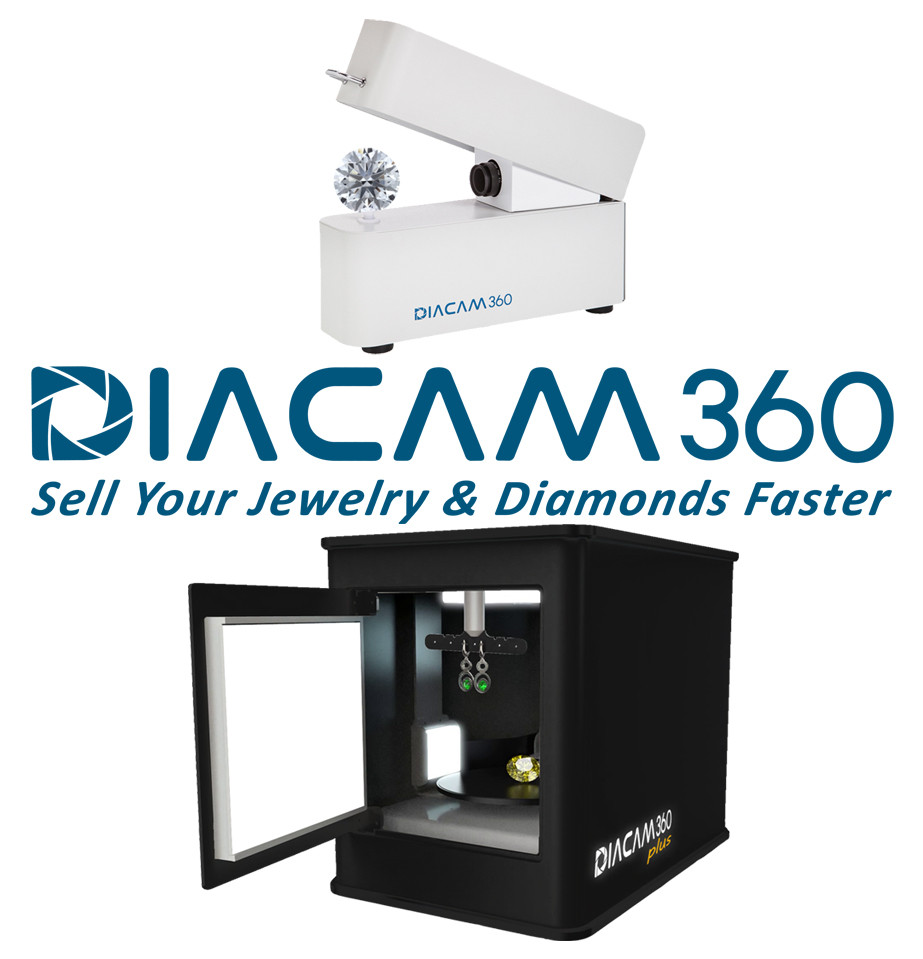
The global diamond industry has been passing through a bad phase with weak demand, increasing rough prices, diminishing supply and stagnant polished prices. Banks have declared the gem & jewellery industry in India as ‘high risk zone’. More alarmingly, frequent cases of undisclosed mixing of synthetic diamonds with natural ones have shaken the consumer confidence to a great extent.
Now we have come across news reports that China has developed synthetics which, if mixed with naturals, cannot be identified even by the latest technologies available at global laboratories. In fact it should be a welcome techno-innovation by China as the industry is not against production or distribution of the synthetics per se but the fear is that this technological achievement would encourage those unscrupulous elements which are habitual practitioners of mixing undisclosed synthetic diamonds with natural ones.
HRD Antwerp recently has come across (near-) colourless lab grown diamonds featuring octahedral and other “natural” shapes. In fact the lab grown roughs featuring morphology previously unique to natural diamonds have now entered the market making it more difficult for rough diamond traders to identify the new lab grown rough diamonds. The rough melee goods checked by HRD Antwerp varied in size from 0.01 ct. to 0.04 ct. and were produced by Taidiam, a Chinese company offering both HPHT and CVD lab grown diamonds.
The industry players should remember here that when a consumer purchases a diamond, he or she wants to know for sure that it is a rare and inherently precious natural gem, brought to the surface after lying for hundreds of millions of years within the earth’s mantle. So any damage to the consumers’ confidence in their natural diamond purchases could lead to grave consequences for the global industry.
Undisclosed synthetic diamonds have posed exactly the same risk today. The inability to distinguish confidently synthetics from natural gem diamonds could lead to a collapse of consumer and trade confidence in the value-perception natural diamonds. This may ultimately lead to consumers abandoning the category, temporarily or permanently.
De Beers in its recent ‘The Diamond Insight Report’ 2014 has rightly put stress on the need to invest in technological advancement. Technology plays a pivotal role across the entire diamond pipeline, helping both to secure future supply and to maintain the diamond dream. “Technology will remain critically important to support the whole value chain, including in safeguarding the diamond dream from the risk weakening consumer confidence as a result of undisclosed synthetics and treatments to natural diamonds,” the report says.
Several trade organizations have been working hard globally since many years to minimize the risks to consumer confidence resulting from deliberate or inadvertent undisclosed synthetics. De Beers has invested about USD 65 million in research during last 30 years to innovate sophisticated technology, including DiamondSure™, DiamondView™ and DiamondPlus™ that can readily detect all types of gem synthetics, providing great boost to maintain consumer confidence.
Although technology was already existed to examine synthetic gems, the first generation of detection technology had focused on screening larger gems. At the time, there was no cost-effective method of screening melée diamonds in the supply chain. But research and development efforts were accelerated to control this issue, and effective melée-screening technology is now available.
It should be a recurring process to further enhance the present technological advancement to meet the forthcoming challenges so the global diamond industry can protect itself against any ‘unwanted mischief’ of a handful of dishonest persons.
Posted by Suresh Chotai



